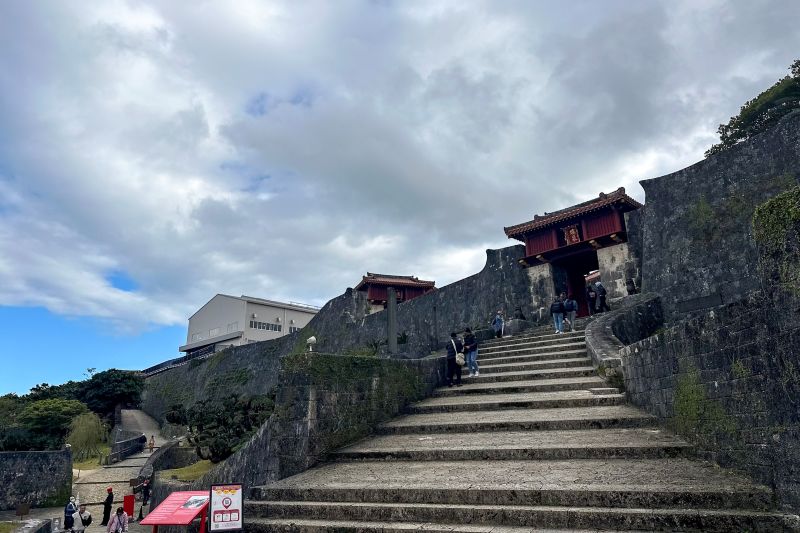Okinawa is a popular travel destination even for Japanese people. Its mild climate and beautiful ocean make you feel as if you are in a foreign resort area, even though you are in Japan. The unique culture and traditions that have continued since the days of the Ryukyu Kingdom are fresh and appealing to many Japanese.
This time, I went to the Shurijo Castle Park where tells the glorious story of the Ryukyu Kingdom.
About the Ryukyu Kingdom
The Ryukyu Kingdom was a monarchy that existed for 450 years from 1429 to 1879 in what is now Okinawa Prefecture.
History
It is known that humans have lived in the Ryukyu Islands for about 32,000 years. In this region, certain political forces began to emerge around the 12th century, corresponding to the Kamakura period in Japan, and were gradually organized and eliminated as they repeatedly fought and reconciled with each other. In 1429, the three mountains (Hokuzan, Chuzan, and Nanzan) were unified and Sho Hashi, King of Chusan, became the first king, giving birth to the Kingdom of Ryukyu. 1609 saw the invasion of the Satsuma Clan (Japan), which brought Ryukyu under Japanese rule, but it remained formally an independent kingdom. However, in 1879, the Ryukyu Kingdom was abolished by the Meiji government and officially became the prefecture of Okinawa in Japan.
Prosperity as a trading nation
The Ryukyu Kingdom took advantage of its geographical location to engage in active maritime trade with China, Japan, Southeast Asia, and Korea.
At that time, smuggling merchants known as “Japanese pirates” were pouring into the vicinity of the Ming Dynasty in China, and due to a crackdown on these pirates, trade with Ming countries, including Japan, was restricted. However, trade with Ryukyu was favored, and Ryukyu prospered through intermediary trade with other countries.
Unique Culture and Arts
Various items were brought to Ryukyu from abroad during the transit trade, and some of these items have been transformed and have become part of the present-day Okinawan culture.
For example, Awamori, Okinawa’s representative alcoholic beverage, Sanshin, a musical instrument, and Bingata, a colorful pattern with a vivid color scheme.
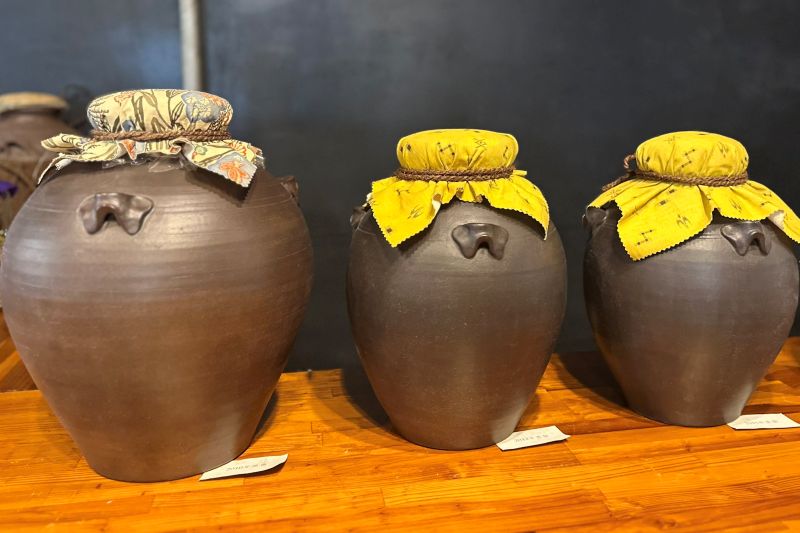
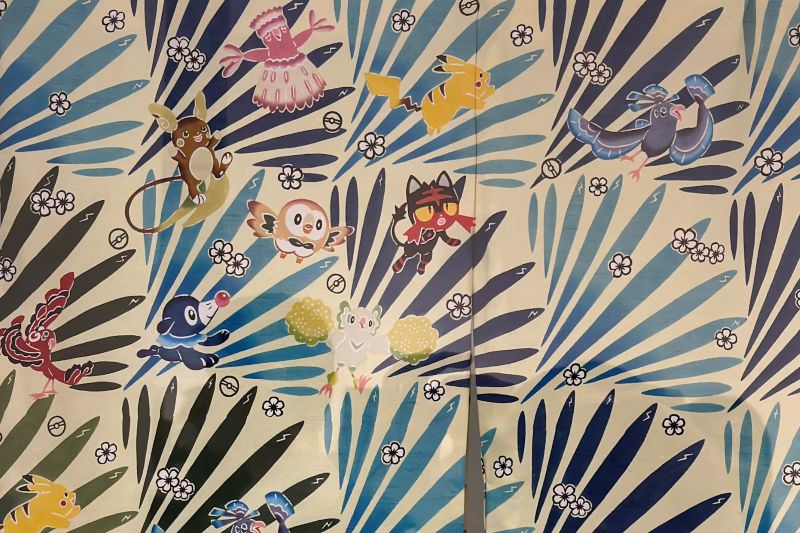
About the Shurijo Castle Park
The Shuri Castle was the political, diplomatic, and cultural center of the Ryukyu Kingdom. Shuri Castle is said to have been built around the 14th century, and is a unique Ryukyu castle with both Chinese and Japanese characteristics. Characterized by its red-tiled roof and gorgeous decorations, it attracts visitors with its magnificent beauty.
It was destroyed by fire during the Battle of Okinawa in 1945 and opened as Shurijo Park in 1992. The restored Shuri Castle, modeled after the 18th century and later, was registered as a World Cultural Heritage site in 2000 as part of the “Gusuku Sites and Related Properties of the Kingdom of Ryukyu.”
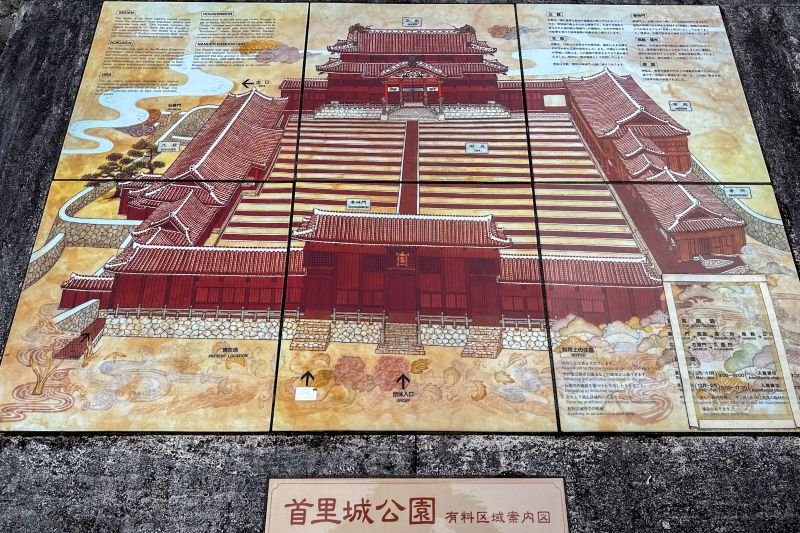
However, most of it was destroyed by fire in 2019, and reconstruction is currently underway. Shurijo Park, which is making steady progress toward reconstruction under the theme of “reconstruction that shows,” has attractions that can only be seen now. Let’s take a look at them.
Starting at the Shuri Castle Park Information Center located in Suimuikan, you’ll soon come across Shureimon Gate as you walk up the slope. The gate displays a plaque with the inscription “守禮之邦” (Shurei no Kuni), which translates to “Ryukyu is a nation of properity.”
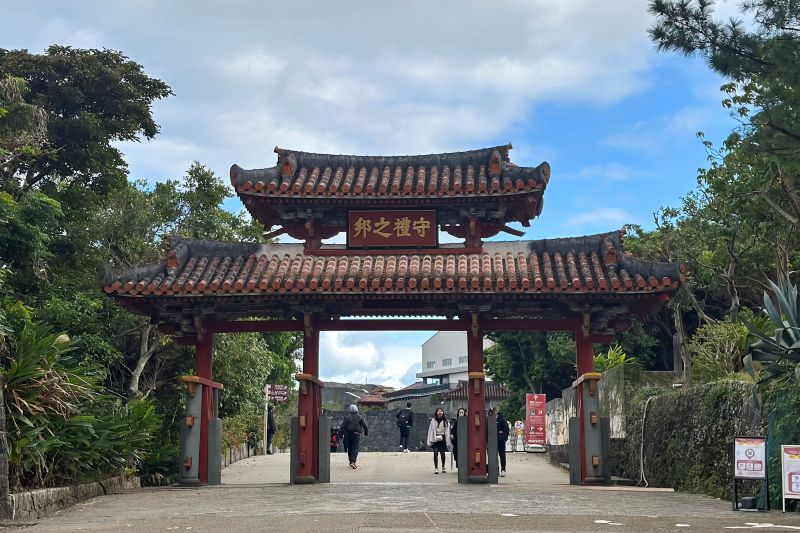
Passing through Shureimon Gate and continuing along the path, you’ll come to the Sonohyan-Utaki-Ishimon, a UNESCO World Heritage Site. It is said that the Ryukyu kings would stop here to pray for their safety before traveling outside of the castle.
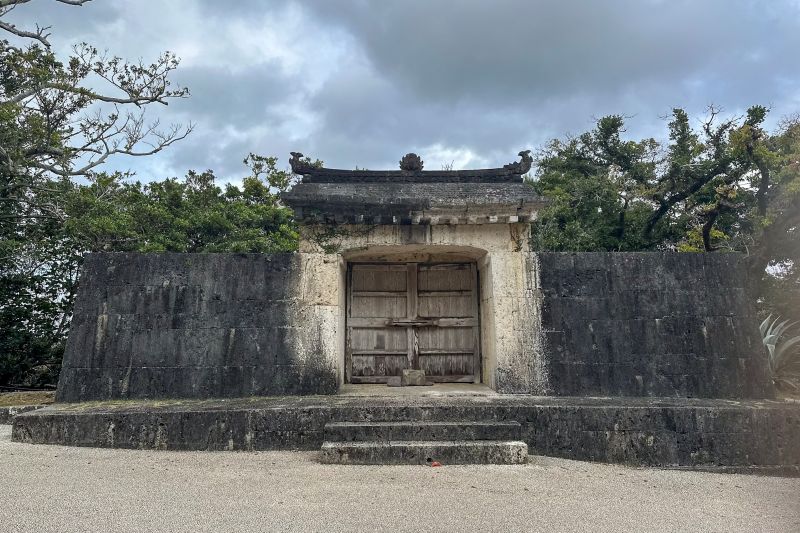
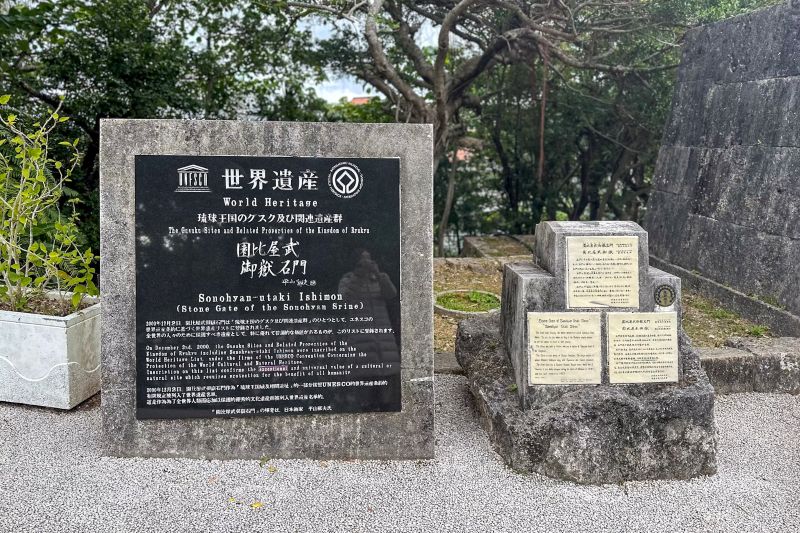
The name “Kōfukumon” (広福門) means “spreading blessings far and wide.” This gate serves as the ticket booth entrance to the paid area. As of January 2025, visitors to the paid area can witness the ongoing restoration of the Seiden (main structure) up close.
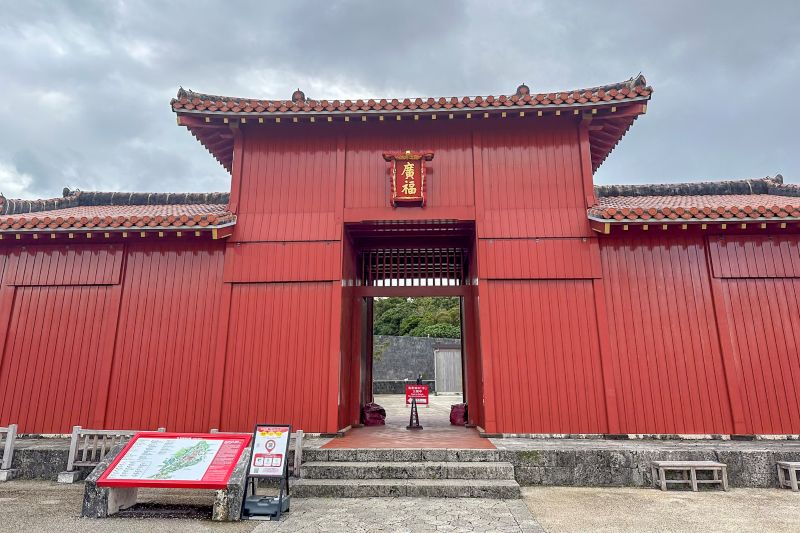
Under normal circumstances, the Seiden would appear like this.
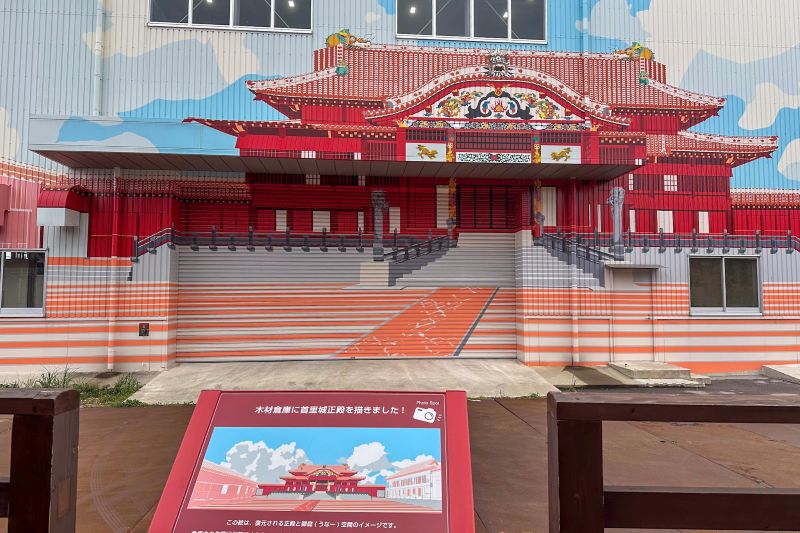
From the viewing area, which is three stories high along with the main hall, visitors can see the actual restoration work being done in real time. It is not often that visitors have the opportunity to see the work of palace carpenters and craftsmen up close. This gives visitors a sense of how carefully the traditions and techniques of Ryukyuan culture have been passed down through the generations. For example, the red tiles of Shuri Castle are fired at 1030 degrees Celsius, 30 degrees higher than ordinary tiles, which gives them a redder color and greater strength.
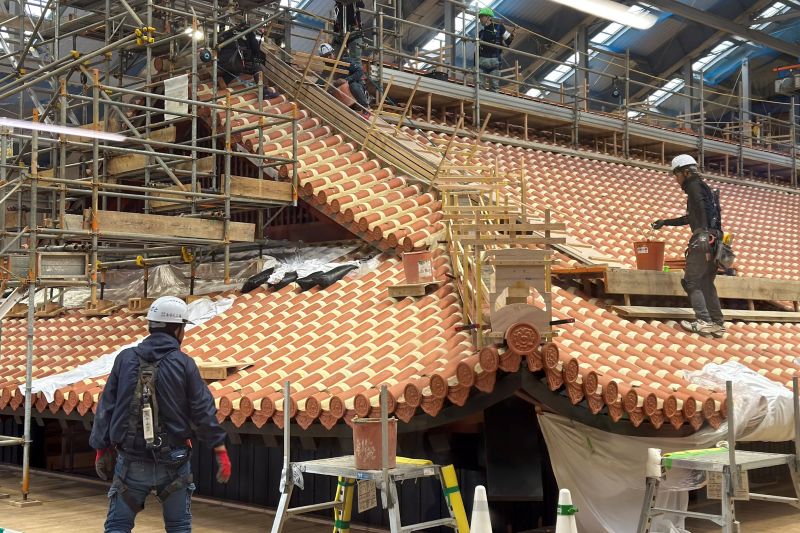
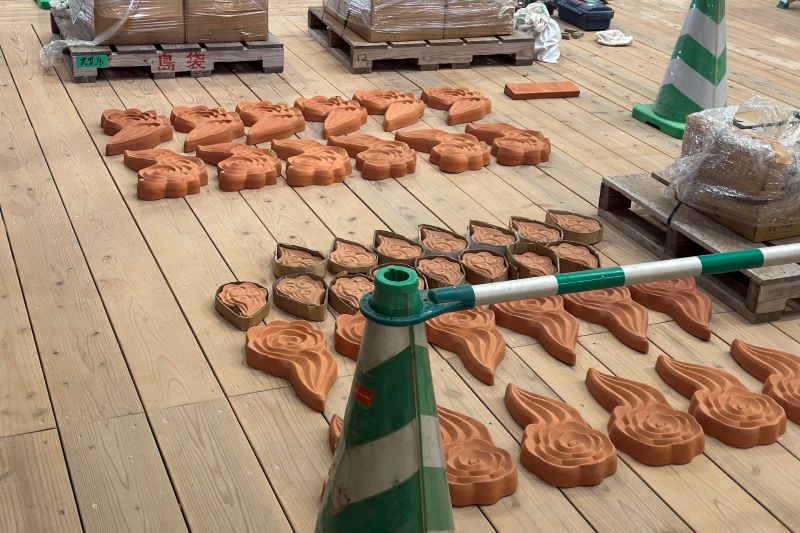
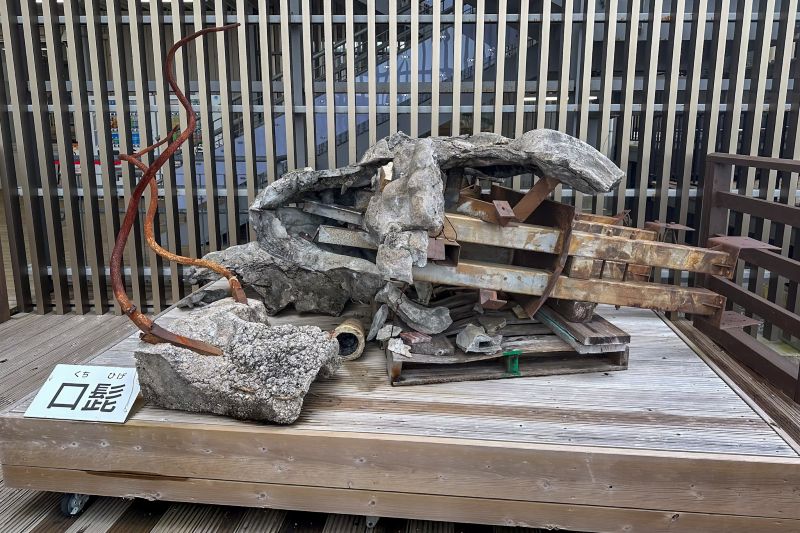
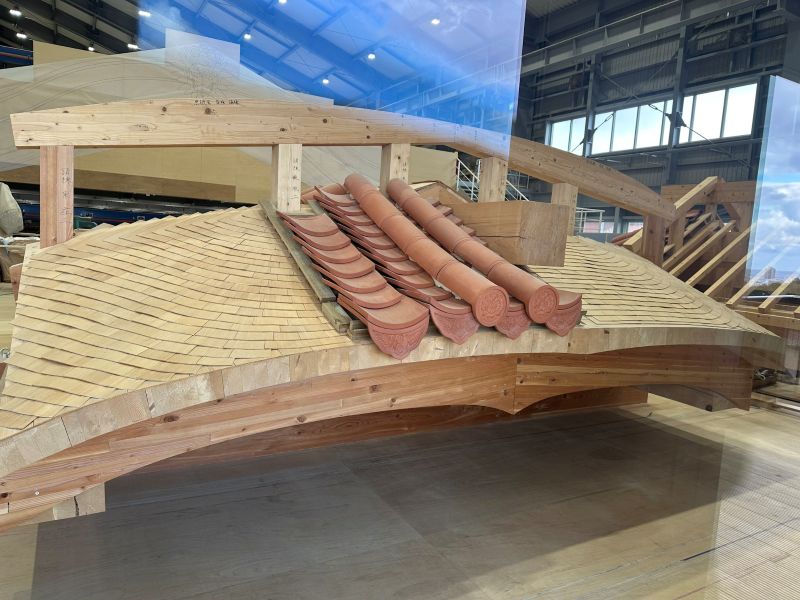
The process of rebuilding the castle gave us a sense of how important a symbol it is to the Okinawan people. The reconstruction is scheduled to be completed in the fall of 2026. Both the Shuri Castle, which can only be seen now, and the beautifully reconstructed Shuri Castle are full of charm, so please visit here when you come to Okinawa.
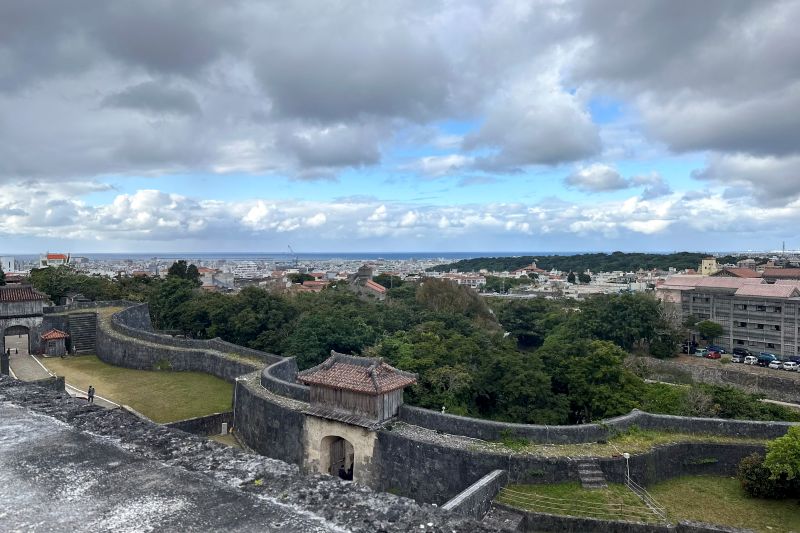
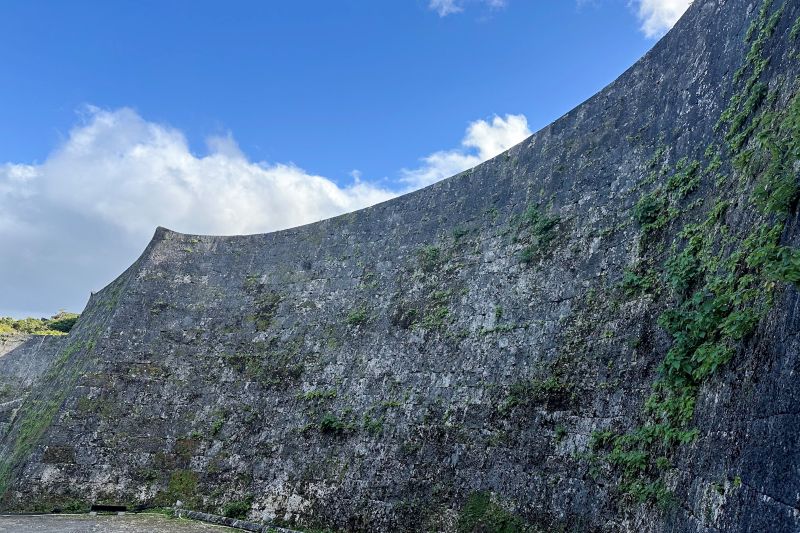
Shuri Kinjo-cho Stone-paved. Road
If you visit Shurijo Castle, how about visiting this charming spot as well? The stone-paved area near Shuri Castle (Shuri Kinjo-cho Stone-paved. Road) is a historical road that dates back to the Ryukyu Kingdom period and was once used as the main route between Shuri Castle and the port of Naha. The gently sloping road is lined on both sides with old-fashioned red-tile-roofed houses and stone walls, giving visitors the feeling of going back in time. The stone pavement is made of Ryukyu limestone, and it is uneven, so sneakers are recommended for walking. Be careful, especially on rainy days, as they can be slippery!
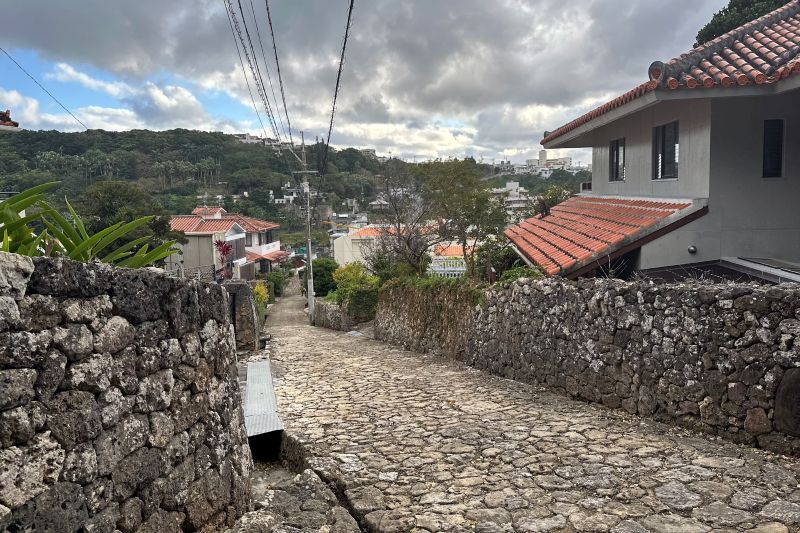
Shurijo Castle Park
| Address | 1-2 Kinjo-cho, Shuri, Naha City, OKINAWA |
| TEL | +81-98-886-2020 |
| Open Hours | 【Free Area】 AprilーJune, October-November: 8:00~19:30 July-September: 8:00〜20:30 December-March: 8:00〜18:30 【Paid Area】 AprilーJune, October-November: 8:00~19:00 July-September: 8:00~20:00 December-March: 8:00〜18:00 ** Admission ticket sales deadline is 30 minutes before closing |
| Close | Parts of the Shurijo Castle Park facilities are closed: on the first Wednesday and the following day in July. |
| Admission Fee (Paid area) | 【Adult】JPY 400- 【Youth (High school students)】JPY 300- 【Children (Elementary, junior high school students】JPY 160- ** Free for Under 6 years old |
| Website | https://oki-park.jp/sp/shurijo/en/ |

